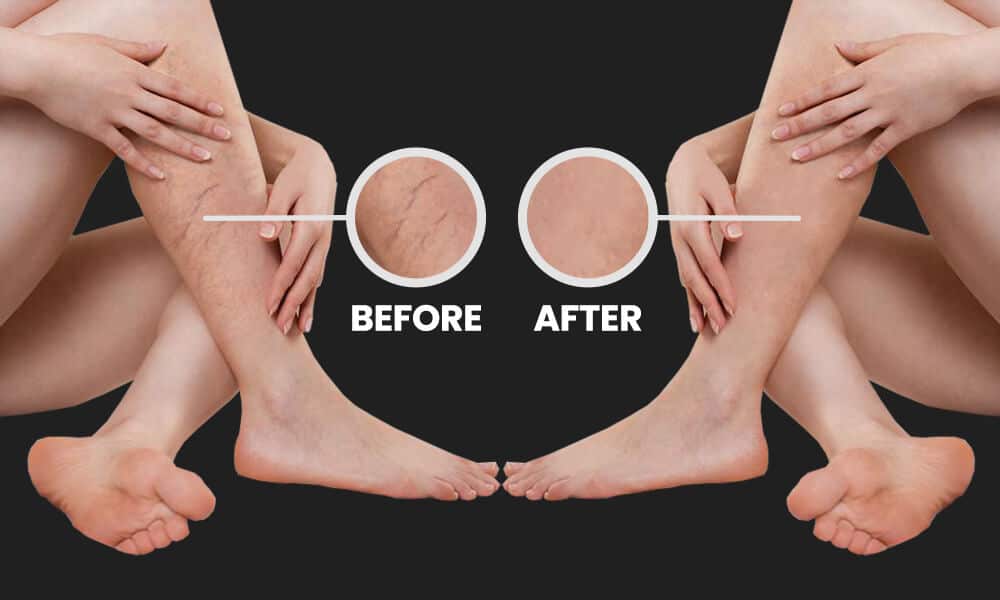What are Spider Veins?
You may have heard about spider veins, which is a mild type of varicose veins. Spider veins are one of the common types of vascular diseases that may affect men and women but it’s more common in women. Spider veins appears commonly on the leg and foot but may also appear on other areas of the body such as the face, chest and arms.
Spider veins are small, thin, malfunctioning veins that vary in color from red, blue, or purple and can be seen just under the surface of the skin. They are called by this name because they are reminiscent of spider webs, as they are branched and ramified.
The walls of these tiny veins expand, which leads to an increase in their size and appearance through the skin significantly in the leg area and around the ankle, and they appear on the surface of the skin and can cover small or large areas.
